Anabel tree hydrangea care and planting secrets
Do you want to change the color of the inflorescences of an ornamental shrub yourself? Planting anabel tree hydrangea gives you plenty of room to experiment. If you plant several bushes near the house, in the summer they will be covered with lush white caps of flowers. You can keep this beauty in its original form, or you can water the plants with special preparations so that the clusters acquire the most varied colors. Experienced growers can force the same bush to release inflorescences of different colors. In the northern regions, perennials often cannot stand harsh winters; they have to be insulated or dug up and moved indoors. Hydrangea is not afraid of frost, so it is ideal for the design of summer cottages in cold latitudes, and caring for it is not at all difficult.
The beauty of a short bush
The tree-like "anabel" hydrangea does not reach a great height, the bush stretches only up to one and a half meters, but it grows up to 3 m wide. In spring the plant is covered with bright leaves the size of a palm, then it releases clusters of buds. Small flowers fit tightly to each other and form snow-white balls up to 30 cm in diameter. In early spring, the bush adorns the area with bright greenery, and from July to autumn - with lush inflorescences. Proper planting and maintenance makes the bunches so heavy that the branches tilt to the ground.
Got a new suburban area? Take your time to make a wooden fence, you can plant a tree-like "anabel" hydrangea around the perimeter. The bushes grow very quickly, caring for them will not take much time, and soon your territory will be surrounded by a decorative hedge. The bushes planted along the beds will protect the plantings from the wind, in winter they will hold the snow and prevent the soil from freezing.
It will be necessary to plant a tree-like hydrangea "anabel" only once: it is a long-liver. Proper care will help the bushes decorate the site for almost half a century, and your grandchildren will already be replacing them with new ones. Be careful when choosing a place: these plants do not tolerate transplanting well.
Reproduction of hydrangea
If you want to get planting material yourself, use one of the following methods:
- dividing the bush;
- cuttings;
- growing from seeds.
The latter method is rarely used. Hydrangea seeds are very small, they need to be sown in acidic soil, and sprinkled with sand on top. In autumn, the sprouts are planted in a permanent place and in the first winter they are closed from frost.
You can divide the bush in spring or autumn. Cut off a part of the plant with a shovel so that there are enough shoots on both the main specimen and the separated part, and transplant to a new place. It is best to take cuttings for rooting during the flowering of the bush. If you treat the slices with a root growth stimulant, the shoots will take root in 3 weeks.
Planting hydrangeas in open ground
Hydrangea tree-like "Anabel" grows well on acidic soils. For a lush and vibrant bloom, plant the shrubs in light shade from tall trees. It is advisable to protect the plantings from drafts. The plant does not tolerate wetlands; in the lowlands, make good drainage.
The root system of shrubs is located in the upper soil layer. At a distance of 1.5-2 m from each other, dig holes 40 cm deep and in diameter. Prepare food for the roots for the first time.
Take in equal proportions:
- black soil;
- garden land;
- sand;
- peat.
Add complex fertilizers to the mixture and pour half a bucket of the composition into each well. Such preparation will facilitate subsequent planting care.
Advice
Never add ash, chalk, lime or other substances with an alkaline reaction under this hydrangea tree. On neutral and alkaline soils, water the bushes with acidified water.
The bushes take root best if they are planted in May or September. In the spring, the seedlings themselves will tell you when it's time for them to go to the ground: the buds should already appear, but not yet bloom. Spill each well well, wait for excess moisture to absorb into the ground. Take a seedling, spread the roots so that they are evenly distributed along the bottom of the hole, and cover with soil. Make sure that the root collar is not underground. Mulch circles near bushes with sawdust or fallen leaves of last year. Peat is considered the best material for mulch; it increases the acidity of the soil.
Plant care
Worst of all, the hydrangea "Anabel" tolerates drought, the main care is reduced to watering. Keep the soil always moist and water abundantly. While the bush is still small, it must be protected from pests. Water the soil with a weak solution of potassium permanganate, spray with insecticides. Hydrangea is resistant to disease, but for prevention it can be sprayed with Bordeaux liquid. Hot sunrays and strong winds are dangerous to young plants, protect them from adverse influences until they get stronger.
The bush needs nutrients especially in the spring after wintering, when it begins to actively grow and release foliage, and during the formation of buds. Apply complex fertilizers, manure, compost. During flowering, do not overfeed the plants; excessive care will lead to the petals becoming greenish. When choosing fertilizers, make sure that the composition includes magnesium and iron, these trace elements are necessary for tree hydrangea.
Advice
If, in a severe cold, some hydrangea shoots freeze, do not remove them. During the warm season, they will recover, and next year they will be covered with lush inflorescences.
Until the age of two, it is better not to let the "Anabel" bloom, all the strength and nutrients should be spent on the development of a strong bush. Cut off the resulting buds, you will still have time to enjoy the beauty of the snow-white inflorescences. Adult plants that are already 3 years old need to be rejuvenated every spring. Leave about a dozen of the strongest shoots and shorten them by a third. Cut out the excess processes. In the fall, remove any dried buds and shoots that have not budded.
Petal color change
There are different reviews about the results of experiments on changing the color of hydrangea flowers of the tree-like "anabel". For some growers, everything happens quickly and easily, others struggle for years, but they do not succeed. There is nothing surprising in this: a plant is a living organism, each specimen has its own characteristics. Try it, you might be lucky. Do not experiment on young, immature bushes, they may not survive such stress.
If you want to get a blue tint of the petals, increase the acidity of the soil and add aluminum preparations under the bush. Usually, there is enough of this element in the ground, but in a neutral and alkaline environment it is found in insoluble compounds. Water the soil with acidic compounds, make sure that the pH is no higher than 5.5. Do not feed the hydrangea with phosphorus fertilizers, they can interfere with the transition of aluminum compounds into a soluble form. Don't expect the color change to happen quickly, you will have to wait a few years.
To get a pink shade of the petals, bring the acidity of the soil closer to neutral reaction. Do not overdo it with the introduction of chalk and lime, from their excess hydrangea tree-like "anabel" can die, no care will save. Feed your plants with fertilizers that are high in nitrogen and phosphorus but low in potassium. If you want to change the color several times, first achieve a pink tint, and when this tone gets tired, change it to blue.Reversing the color change is much more difficult.
Output
Hydrangea can be planted in any climatic zone. These plants perfectly tolerate severe frosts, almost never get sick and are not affected by pests. Caring for the Anabel tree hydrangea is not difficult at all. Only drought is terrible for the bushes, but if you install a drip irrigation system, this problem will be solved.
Experimental lovers can try to change the color of the petals. Note that these tests use chemicals. Avoid treating plants that are near vegetable beds. Remember that after the destruction of the bush, edible crops cannot be planted in this place, and other ornamental plants may not take root in the poisoned soil, despite excellent care. If you nevertheless decided to get an unusual shade - we wish you success!


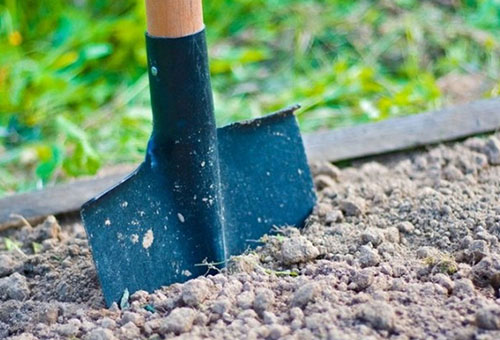
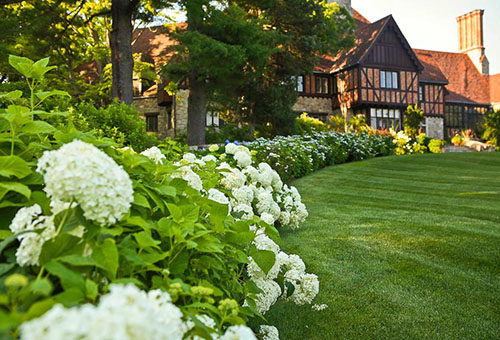
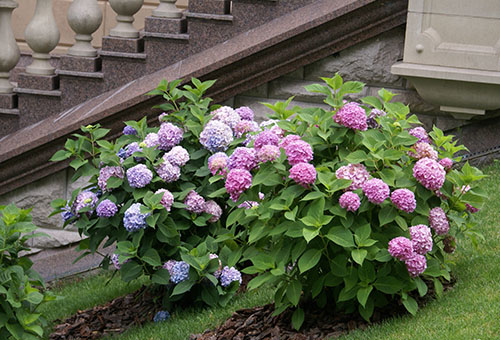
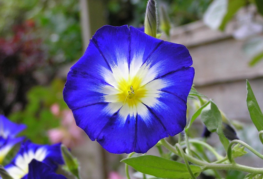
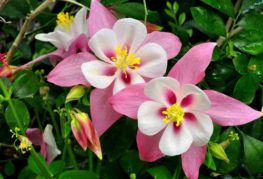
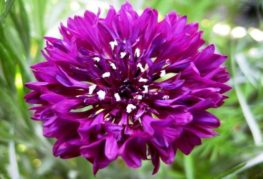

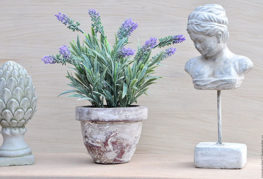
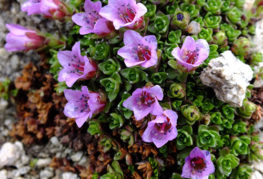
and will be published shortly.